For fast recovery for stiff, sore muscles and a quick return to top riding condition, you need to get on a roll. Simon Vincett takes you through a full foam roller routine.
Photography by Thomas Joynt.
Without the benefit of a masseur like the ones pro riders enjoy, the next best thing for bike riders is self-massage with a foam roller. In fact, the roller gives you a great deal of control. You can find and gently massage areas of soreness, trigger points and knots, and by varying how much weight you apply, you can moderate the intensity.
Massaging your muscles promotes circulation and, therefore, muscle repair. The effect is that it reduces aches and stiffness. You can use the roller straight after a ride but it’s probably most effective the next day, when your muscles have started stiffening up. You can also roll before stretching, and then roll after as well.
Try pausing at the sensitive points, maintaining the pressure and bend from the knee and straighten again. Don’t spend too long on sensitive spots—you’re not trying to fix anything, just to promote recovery.
Don’t roll over your joints—this is massage for your muscles and the pressure could aggravate the tendons where the muscles connect to the bone.
To do the full routine below, allow at least 35 minutes.
*For the best program for your individual needs, see your doctor or a fitness professional.
Calves
Start from heel end and raise your body off the ground. Roll up the calf 10cm, then back 5cm, then roll side to side. Repeat this process for the length of the muscle. Use other leg on top, or not, to provide as much extra pressure as you like. At pressure points or sensitive spots, hold and rotate your foot through its full range of motion, one way and then the other.
Spend at least 3 minutes on each calf.
Hamstrings
Start from the knee and keep your legs straight by extending through the inner heel. Work your way up the hamstring, rolling up 10cm and back 5cm and rolling side to side to massage. Massage the full length of the hamstring—it doesn’t matter if you overlap the glutes. Roll both legs at the same time or cross one leg on top of the other for more pressure.
Spend at least 3 minutes on each hamstring.
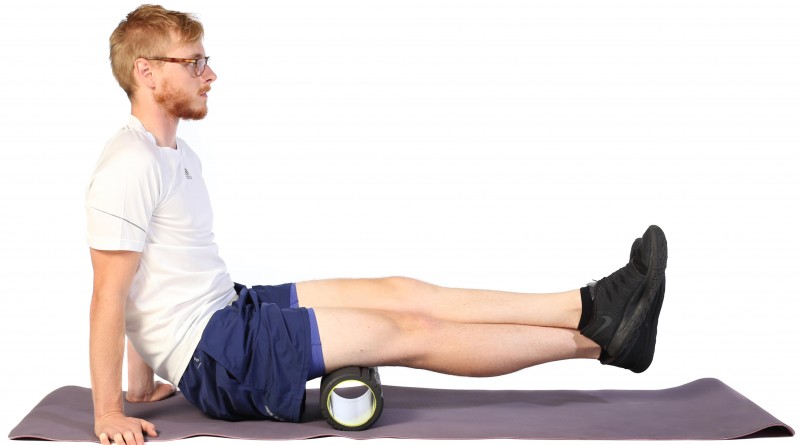
Glutes and piriformis
Roll both gluteus maximus together by sitting squarely on the roller. Make sure you apply pressure right up to the top of the muscle where it connects to the pelvis just before your lower back muscles. Stay off your spine though.
For the gluteus medius, tilt over on to one buttock and roll from the top edge of the pelvis right down to the bony outcrop of the thigh bone, called the greater trochanter.
The piriformis is a narrow muscle deep inside the buttock that helps rotate the leg. To find it, cross your leg over your knee and roll that buttock. Crossing your leg shortens the piriformis and provides the sensation when you apply pressure. Gently roll back and forth to massage.
Roll out both buttocks and spend at least 6 minutes on this group of muscles.
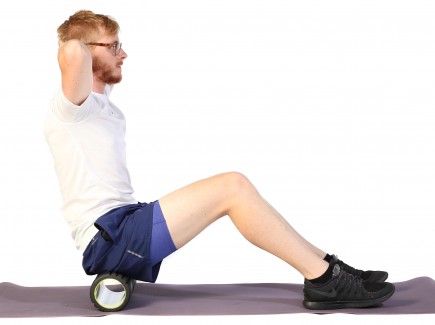 |
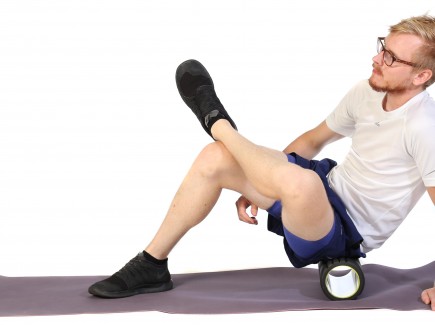 |
Quads
Start with both legs on the roller, which is just above your knee caps. Have your toes splayed out for the first roll and move slowly up 10cm and back 5cm. Work right up to the hips to get the full extent of the muscle. For a second roll, have your big toes touching while you roll the whole muscle up 10cm and back 5cm. You can also roll one leg at a time, going and rolling side to side to massage. You can also apply more pressure by stacking one leg on top of the other.
Spend at least 3 minutes on each quad.

Inner thigh
This is for the hard-to-reach inner muscle of the quad group, vastus medialis. It’s the tear-drop shaped muscle that starts from the knee and extends a third of the way up your thigh. Start from the knee and roll along 10cm and back 5cm for the full length.
Spend a minute on each.
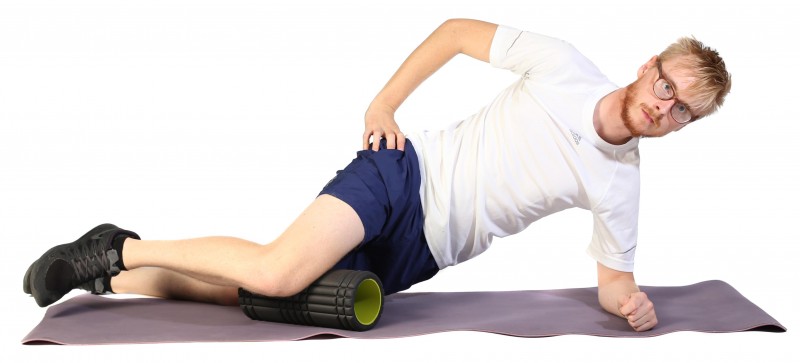
ITB (outer thigh)
Iliotibial band is a long band of tough connective tissue running down the outside of the thigh from the hip to the outside of the knee. It’s often a site of niggling pain in bike riders, particularly at the knee, and it’s a sensitive area to massage with the foam roller, so take it easy.
Start towards the top of the thigh and slowly roll along 10cm and back 5cm all the way along between the greater trochanter, that bony projection at the very top of your thigh bone, and the knee. Control how much weight you apply with your other leg and the arm you’re balancing on.
Spend at least 3 minutes on each leg.
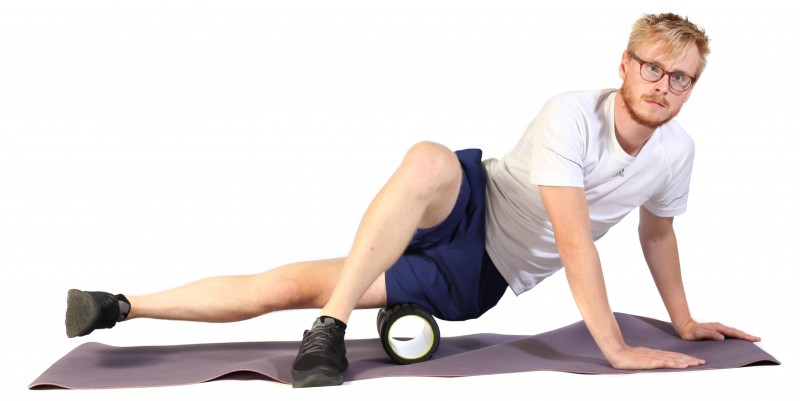
TFL
The tensor fasciae lata is a short muscle that connects to the ITB between the greater trochanter and the outmost bone of the hip, the iliac crest. The TFL assists in stabilising the pelvis during movement. Put your hips down on the roller and tilt to one side to put pressure on one TFL. Roll the full length of the muscle. Spend a minute on each.
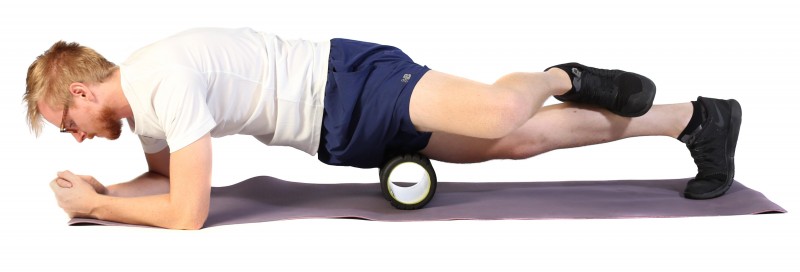
Upper back
Place the middle of your shoulder blades on the roller and interlace your fingers behind your head. Lift to a plank position and hold your elbows high. Roll carefully from the base of your neck past your shoulder blades.
Spend at least 5 minutes on this area.
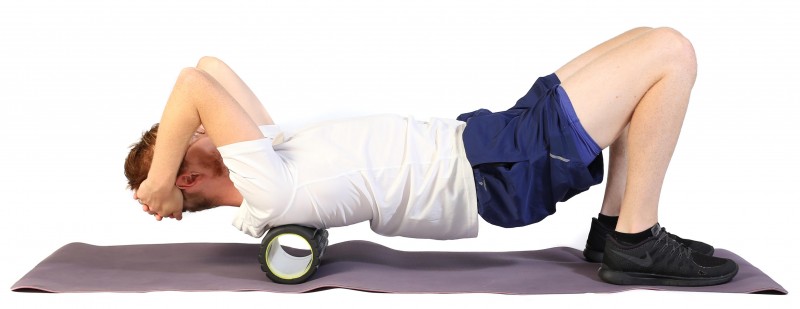
Ride On content is editorially independent, but is supported financially by members of Bicycle Network. If you enjoy our articles and want to support the future publication of high-quality content, please consider helping out by becoming a member.


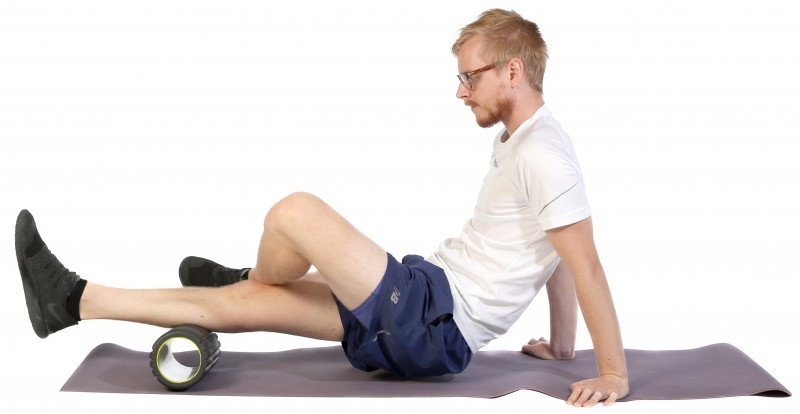
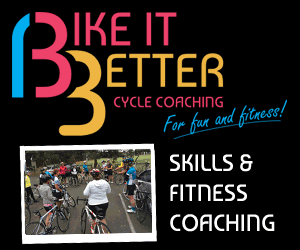
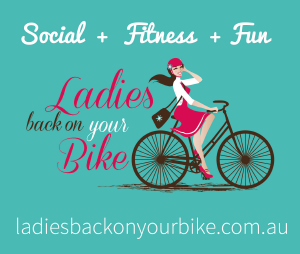
Thanks for the great article. I’ve been using a foam roller that is getting flat spots and losing its effectiveness. The hollow roller in the photos looks great – what brand and type is it?
Glad you like the article. The roller is Trigger Point.
Great article! Any recommended foam roller exercises for the lower back?
Great idea and i do roll out myself but you are talking about an hour of exercise here. Great to do but who has the time. Some thought on the main muscles and a min time to achieve results would help.
Great article and will get into it, as I suffer from ‘Quad’ soreness and aching. So this sounds ideal! Question, and excuse me if it sounds a little dumb! You mention in all of you exercises, to roll from side to side. I can’t seem to picture this. Can you explain further for me please.
Cheers,
Drew
Hi Drew, glad to hear the article should be helpful to you. The side-to-side suggestion is to pause when rolling along the leg and roll your leg in the perpendicular direction.